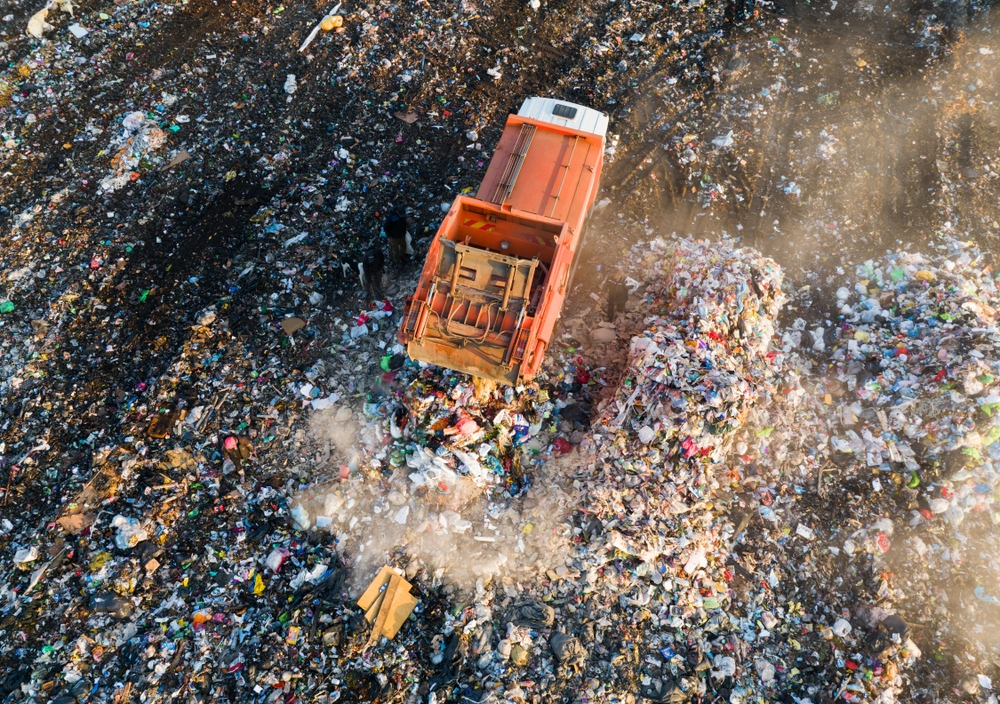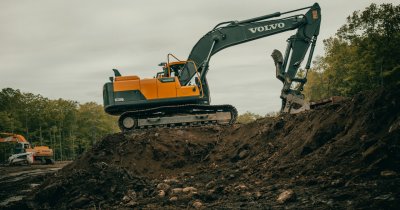Business Insider reports that these are the findings of a recent study published in the Journal Science, as landfills prove to be a larger climate change driver that previously believed. To realize this study, researchers flew planes over 200 active landfills across the US, or about 20% of the country's total number, finding methane leaks in over 100 of them. The leaks, they say, lasted for months and even years on end, while emissions were more persistent than in the oil and gas sectors.
As methane can be over 80 times more powerful at heating the planet compared to CO2 over the course of two decades, researchers believe that cutting methane leaks can be the quickest way to significantly slow down global warming.
Dan Cusworth, project scientist at Carbon Mapper and lead author of the study, said that "bridging that gap is critical. It will help mitigate emissions and also validate whether various climate efforts are having the intended impacts."
Methane surveying is currently done by walking landfill workers, who measure leaks with handheld sensors, a dangerous method prone to error, which is done only once every three months.
Instead, landfill operators should rely on more accurate and safer ways to measure data, such as using drones or satellites. Food is one of the largest methane sources, as its decomposition implies releasing large amounts of the gas.
Thus, timely and accurate detection can help workers address these issues and benefit the environment.
Carbon Mapper is one of the services that oversees methane emission leaks at landfills across the US. Partnering with NASA Jet Propulsion Laboratory, the company aims to launch multiple satellites which will take on the task to measure carbon and methane emissions, with the first methane satellite expected to launch this year.
Cusworth explained that "our goal is to launch many of these satellites so we can capture a large swath of global landfill sites, as well as oil and gas sites, to really identify the point-source, facility scale emissions."
 Mihai - Cristian Ioniță
Mihai - Cristian Ioniță












Any thoughts?